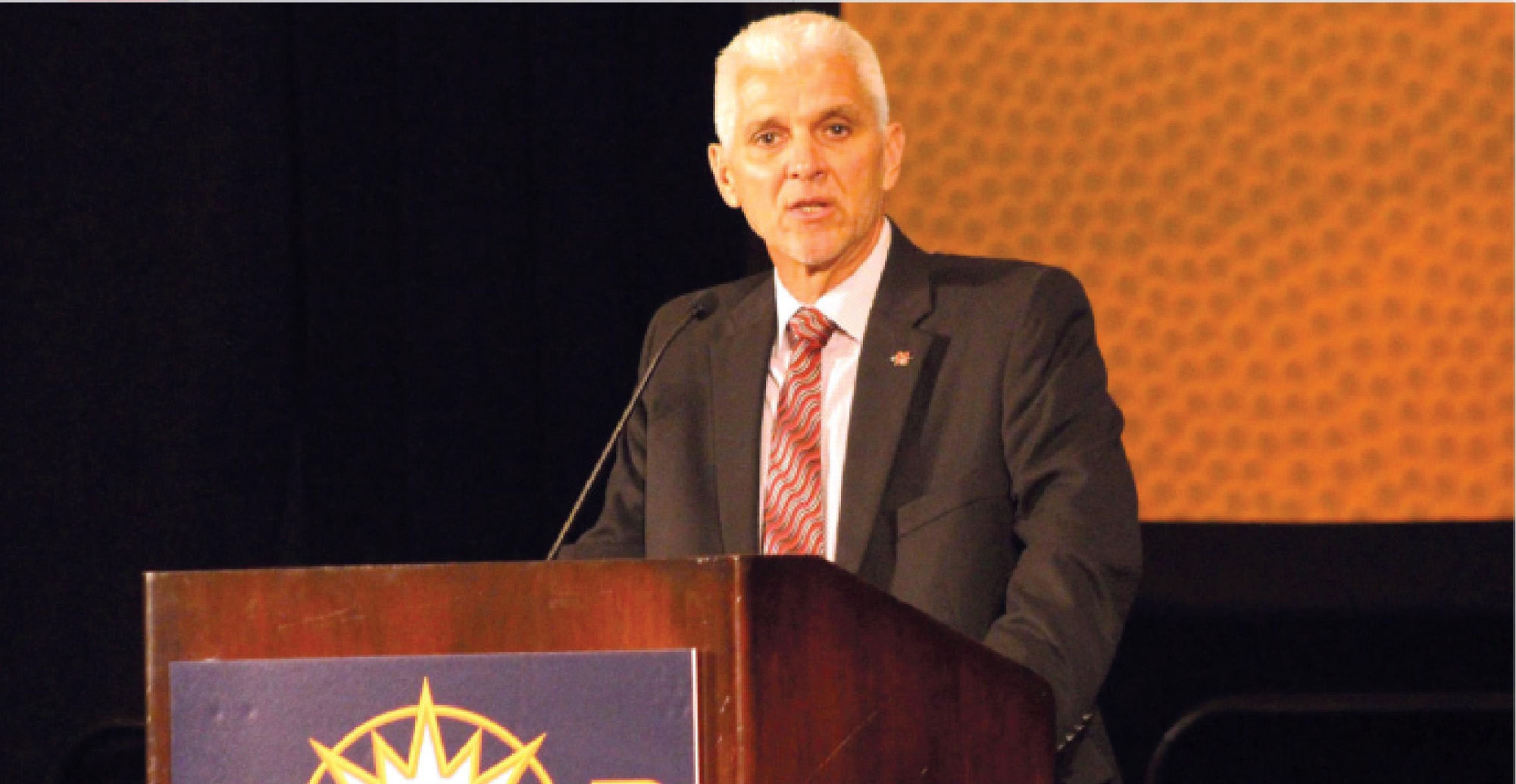
Julia Boquet
July 28, 2018
NICHOLLS IS THE PICK OF THE LITTER
July 28, 2018On March I5w 1950 I met the elegant lady: Mrs. Jimmie Rod-gars at Radio Station WBOK in New Orleans. She was still beautiful at 46. dressed to the nines with hat and gloves, a true Southern Belle barn in Meridian, Mississippi where in 1929 at age 18 she had married Jimmie Rodgers. a railroad brakeman and part time musician.
Although we had corresponded since 1947, I had never met her so my pulse was running pretty fast as I draw to New Orleans and was escorted to the studio. I arrived at 10 A.M. and they were already preparing in the studio SO they just waved and I got to watch and listen through the glass walls. I was enchanted as she related bar life as the wife of “America Bule Yodeler” who had been the major Hinging star in the depth of the Great Depression. His career had only lasted from 1927 to 1938 when he died in New York during a recording session. He was only 85 years old.
Being invited to her interview and lunch and dinner by the radio Station, at her request was a great moment for me, then just a struggling 33 year old musician* who by a quirk of fate had been corresponding with her since 1947.
She had made three request in granting the interview, that I be invited and that they have lunch at Arnaud’s AND dinner at Ant cane, the two restaurants they had enjoyed during Jimmied performances at the Saenger in 1929. They were the two most expensive in the city but her meal was paid by the studio as was her hotel. I on the other hand had to pay my meal, which depleted my meager resources Who cared? I would have robbed a bank for this occasion. Just kidding. I think!
Leaving Arnaud’s her day was planned arid I was allowed to join them, tour of the city, the cemeteries (above the ground which made them a worldwide tourist attraction) and of course, the French Quarter; BUT….. As the sayings goes “The best laid plans of mice and men. often go astray”. What happened WEB that about 8 friends who had been too young for World War II still felt patriotic so that year we had joined Company “D”, 156th Division of the Louisiana national Guard in Thibodaux.
The war was over but the draft was still an and we felt if called, we would go as a unit therefore staying together; but 5 of us had raised our hands when volunteers were asked to go to Officers’ training school in Fort Reilly Kansas. We were too green to have learned the old Army rule, “Never volunteer far cutting” and although we had forgotten, we had made our bed and you know the rest.
So when we got back to the station a message was waiting for me from my mother, who was crying because she thought we had been drafted. Actually the message was to pack up my bag and be prepared to leave for a month, leaving from Lafayette, Louisiana a 8:P.M that night This she had dutifully done and I was ready to go.
I got in touch with Mrs. Rodgers, apologized and heading home enrooted to Lafayette. We kept on corresponding and she kept me informed about Jimmie’s poet Morton career, which at the time was gouging nowhere. That would change on May 28, 1953.
Being in the army, even just far l month was still hard for green boys like US but we boreit and our flight to Kansas, which tock three days in anon-heated C-24 Army plane not pleasant but at the end I became a sergeant, and was getting ready to became an officer in the National Guard.
This flight led to another adventure which brings back bitter sweet memories, but also three exciting days mostly in the air but as they say, all’s well that ends well. Next week Lafayette. Tulsa, Oklahoma, New Orleans and finally Kansas. Tulsa was a great moment, but that’s next week.
This week. Historical Columnist Leroy Martin tells of the first time he met Mrs. Jimmie Rodgers, while also giving stories of his time in the National Guard. Mr. Leroy’s adventures are amazing and we, at Roshing Media, apprectate his time in using our paper to re-tell the taies.







